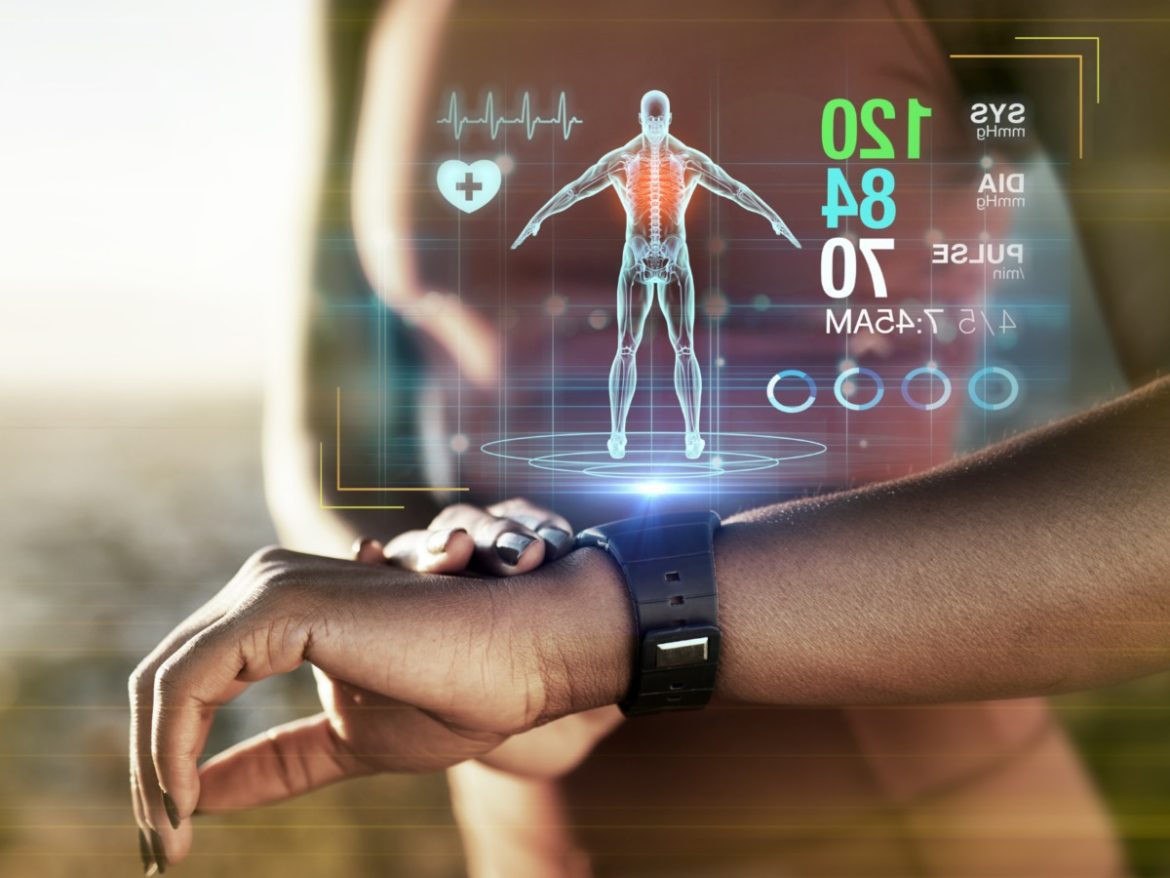Wearable technology has become increasingly prevalent in the world of sports, offering athletes valuable insights into their performance and enabling coaches to optimize training regimens. From smartwatches and fitness trackers to specialized sensors and biometric shirts, wearable tech is revolutionizing the way athletes train, compete, and recover. In this article, we’ll delve into the diverse applications of wearable tech in sports, exploring how it enhances performance and facilitates the monitoring of athletes’ health.
Performance Enhancement
Real-Time Biomechanical Analysis
Wearable sensors embedded in athletic apparel or equipment provide real-time biomechanical data, allowing athletes and coaches to analyze movement patterns and technique with unprecedented precision. These sensors capture metrics such as acceleration, deceleration, gait analysis, and joint angles, offering valuable insights into areas for improvement and injury prevention. By leveraging this data, athletes can fine-tune their performance and optimize their training to maximize efficiency and effectiveness.
Personalized Training Programs
The data collected by wearable tech enables coaches and sports scientists to tailor training programs to the individual needs and capabilities of athletes. By tracking key performance indicators such as heart rate variability, oxygen saturation, and lactate threshold, coaches can design personalized training regimens that optimize workload, recovery, and adaptation. This personalized approach not only maximizes athletic performance but also minimizes the risk of overtraining and injury, ensuring long-term success and sustainability.
Health Monitoring
Remote Health Monitoring
Wearable devices equipped with biometric sensors enable real-time monitoring of athletes’ health and well-being, both during training and competition. These devices can track vital signs such as heart rate, blood pressure, and body temperature, providing early warning signs of potential health issues or overexertion. By remotely monitoring athletes’ physiological parameters, coaches and medical staff can intervene promptly to prevent injuries or mitigate health risks, optimizing performance and ensuring the safety of athletes.
Injury Prevention and Rehabilitation
Wearable tech plays a crucial role in injury prevention and rehabilitation, allowing athletes to monitor their recovery progress and adjust their training accordingly. Smart compression garments equipped with integrated sensors provide targeted compression and feedback to support injured muscles or joints, promoting faster healing and reducing the risk of reinjury. Additionally, wearable devices can track biomechanical data during rehabilitation exercises, ensuring proper form and technique to optimize recovery outcomes.
Data Integration and Analysis
Data Integration Platforms
The proliferation of wearable devices has led to a wealth of data that can overwhelm athletes and coaches if not properly managed and analyzed. To address this challenge, data integration platforms and analytics software have emerged to aggregate, process, and interpret data from various wearable devices seamlessly. These platforms provide actionable insights and visualizations, empowering athletes and coaches to make informed decisions and adjustments based on real-time performance data.
Predictive Analytics and Performance Modeling
By harnessing the power of artificial intelligence and machine learning, wearable tech can facilitate predictive analytics and performance modeling, forecasting athletes’ future performance based on historical data and trends. This predictive capability allows coaches to identify potential areas for improvement, optimize training strategies, and develop more effective game plans. Moreover, performance modeling enables athletes to set realistic goals, track progress, and benchmark their performance against peers, driving continuous improvement and excellence.
Conclusion
Wearable technology has revolutionized the world of sports, offering athletes unprecedented insights into their performance and health while enabling coaches to optimize training regimens and maximize competitive advantage. From real-time biomechanical analysis to remote health monitoring and predictive analytics, wearable tech enhances performance, minimizes injury risk, and facilitates data-driven decision-making. As technology continues to evolve, the potential for wearable tech to transform sports and elevate athletic performance is limitless, promising a future where every athlete can reach their full potential.
